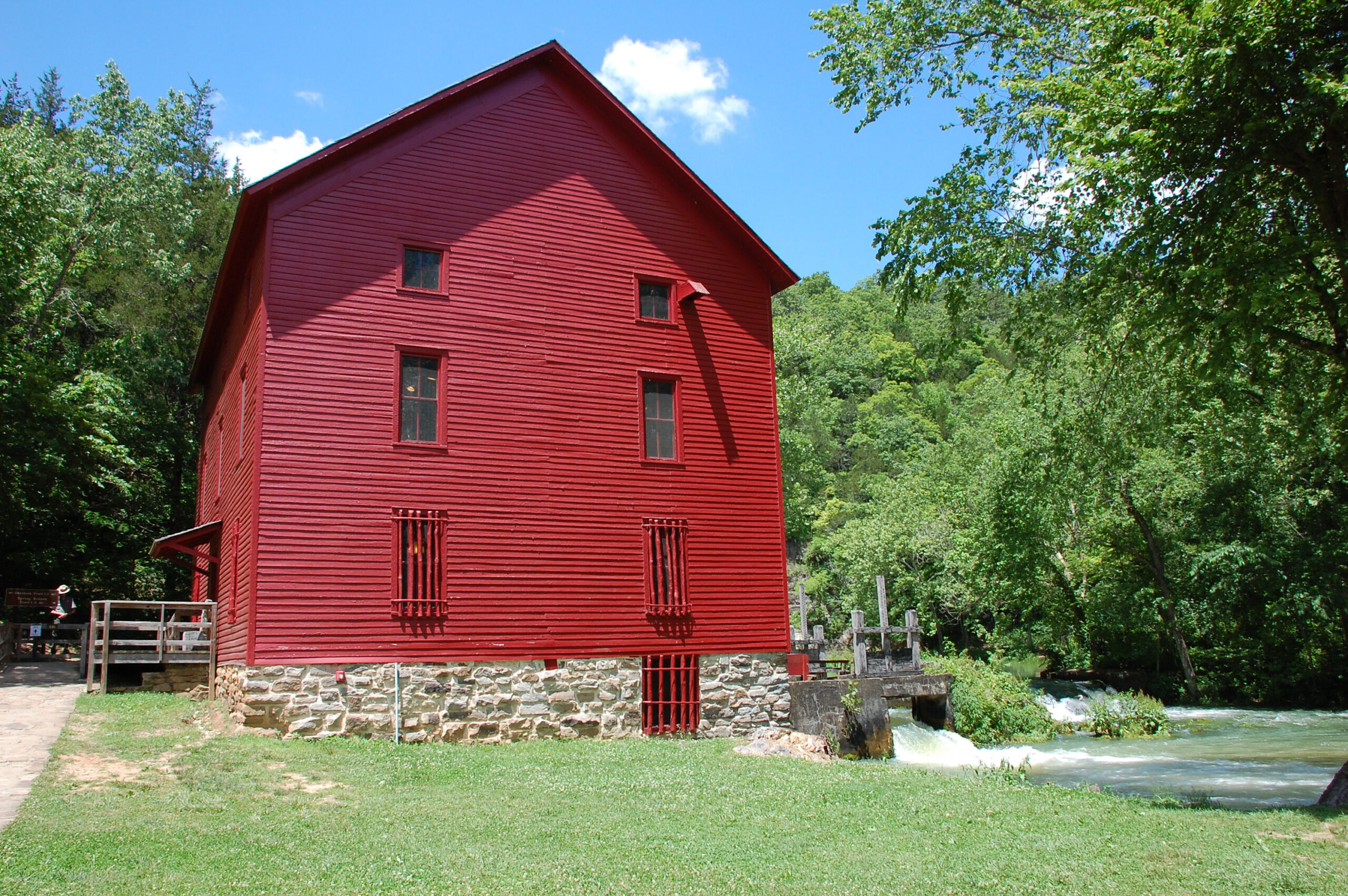United States patents are obtained only by application to the U.S. Patent & Trademark Office.
Patents cover inventions including ornamental designs for functional, useful articles. Inventions seen in this office are typically products, processes, machines, software and more. A patent holder has the right to prevent others from making, using, selling or offering for sale any patented invention in the United States for the term of the patent. In this office, a patent project usually begins with a preliminary patent novelty search.
I like to tell would-be patent applicants that, patent law is as easy as 1 – 2 – 3.
Patent applications are filed in the U.S. Patent & Trademark Office and are ultimately put in the responsibility of a patent examiner. Nowadays, there are 8,400 U.S. patent examiners. What the U.S. patent examiners do is, in essence, ask three questions about the application. A positive answer to each of the questions leads to a patent.
The formal legalistic framing of these questions arises out of Sections 101, 102 and 103 of the U.S. patent act.
The short versions of these three formal questions are, whether the claimed subject matter in the patent application is (1) qualified subject matter, (2) novel subject matter, and (3) non-obvious subject matter? So the big three non-intuitive concepts in those three questions can be boiled down to these three words: (1) qualified?, (2) novel?, and (3) non-obvious?
I introduce clients to these three questions in an alternate way. A way which reflects what can be more naturally observed with what is going on.
(1) The first question a U.S. patent examiner asks might be re-cast this way. ‘What ???, does the U.S. Patent Office patent golf swings?’ And the answer is, yes. I have obtained a patent on a golf swing. U.S. Patent No. 6,068,562 – entitled “Long-Shafted Golf Club and Method.” Back earlier in my career, in Philadelphia, I obtained a patent on a method of playing with a doll. U.S. Patent No. 5,480,337 – entitled “Combination Diverse Doll and Educational Activity Playset Method.” Those patents were not joke inventions to my clients, they did not pay joke money, and they did not have joke intentions with the popularization of their ideas.
(2) The second question is, whether the claimed subject matter is novel or not? This question is answered by researching whether the claimed invention is disclosed by a single prior disclosure:– again, a single prior disclosure, not two or more. (These prior disclosures are referred to as “prior art.”)
(3) The third question is, whether the claimed subject matter is non-obvious or not? This question is answered by, after research produces a basic prior disclosure close to the claimed subject matter but missing minor other information, whether the missing minor other information is supplied by reference to one or more other prior disclosures:- in “analogous” prior art (analogous field of science or endeavor).
The U.S. rules for patent cases permit up to twenty claims in a patent application without having to pay surcharges for an excess number. Thus patent applications typically start off with twenty claims. The benefit of so many claims in a patent application includes that, it gives the U.S. patent examiner a menu of options of which claims to allow and which claims to reject. If one claim is indicated as allowable, a patent is obtainable. If all the claims are rejected (or a key claim is rejected), do not fret, because applicant is afforded innumerable opportunities to respond with amendment and/or argument to overcome rejections.
Thus a rejection of a patent claim is unlike a jury verdict in the United States, because jury verdicts are hard to upset. A typical patent project will result in one or more rounds of communications with the patent examiner. Live interviews with patent examiners are not only possible but indeed common. Back in Philadelphia, I used to travel down regularly to the old patent office in Arlington, and pre-arrange to meet several examiners in a day. For some years now, I typically have only done phone conferences. Examiners are far more likely to call me than the other way around. Depending on the time of the year, I get called about once every other week. In 2019, I was called by two different patent examiners between Christmas and New Years!
Given certain circumstances, I do not hesitate to initiate the interview. I’ve always been graciously granted my request. I do not know if examiners can refuse an interview, but in my experience, they seem welcoming and open to interviews. I think they enjoy interviews. Examiners are trained to be fair and objective. If there is subject matter in an application that deserves patenting, the examiners are there to work with applicant and/or applicant’s representative, and provide allowance for that subject matter.
The patent process often extends over a couple of years, even several years. This length of time does not trouble most of my clients at all. This length of time is effectively insurance that, several years down the road, after a client learns what are the relatively more valuable aspects of the project, we can draft valuable claims at that later date. For older clients, I let them know about the opportunity to petition to make special because of age. But I like to limit that petition to design patents. Please feel welcome to call for more information.
